When you’re preparing for long-term food storage or living off the grid, you might think a root cellar is essential for keeping vegetables fresh. But the truth is, you don’t need one to store veggies effectively. There are plenty of alternative ways to keep your harvest fresh, ensuring you have access to healthy food no matter what comes your way.
I’ve found that controlling temperature, humidity, and airflow are key to making your vegetables last as long as possible. Let me share some practical techniques you can use right at home to store veggies without needing a root cellar.
1. Burying in Sand

This method mimics the natural environment of a root cellar. By burying root vegetables like carrots, beets, and turnips in damp sand, you can extend their freshness for months. You can store the sand-filled container in a cool, dry area like a garage or a shed. The sand keeps the veggies moist but not too wet, preventing them from drying out.
2. Using a Basement
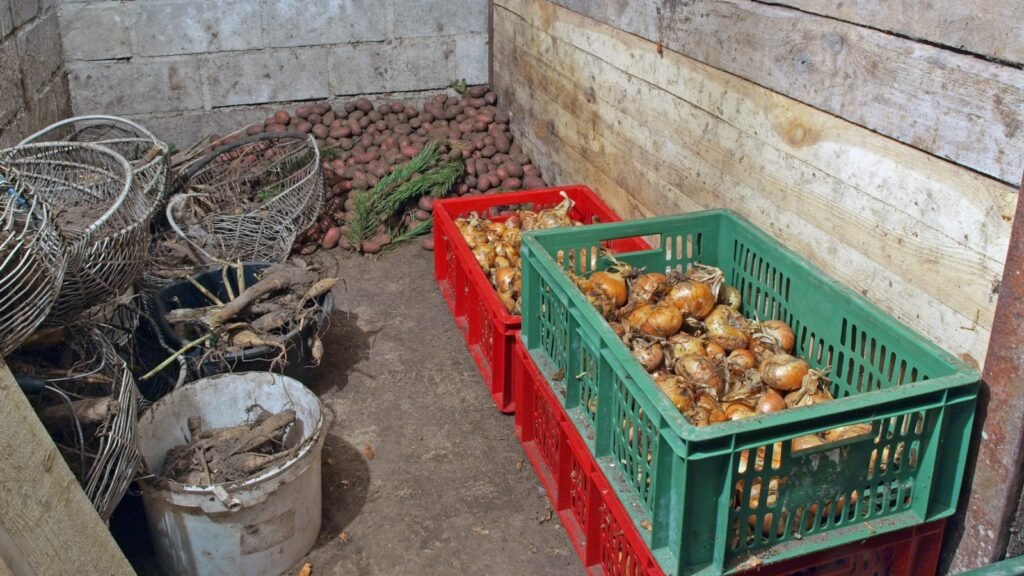
Even if you don’t have a root cellar, an unfinished basement can work well for storing vegetables. The cool temperatures and low light create a suitable environment for hardy vegetables like potatoes, onions, and squash. Just be sure to keep them in ventilated containers like wooden crates or mesh bags so air can circulate.
3. In-Ground Storage

If the ground isn’t frozen, you can store vegetables like carrots, parsnips, and potatoes right in the garden. By covering them with a thick layer of mulch, straw, or leaves, you insulate them against temperature changes. This method works well during mild winters, but be careful to check for pests.
4. Fermenting Vegetables
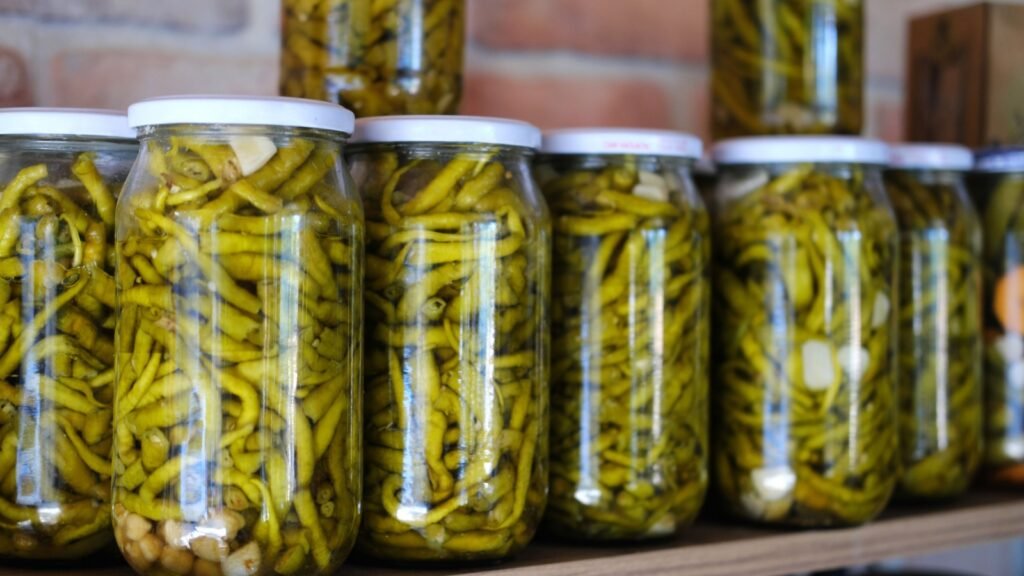
Fermentation is a time-tested way to preserve vegetables like cabbage, carrots, and cucumbers without refrigeration. The process involves submerging veggies in a salty brine, which naturally preserves them. This method not only extends shelf life but also enhances flavor and nutrition. All you need is a jar, salt, and water.
5. Drying or Dehydrating
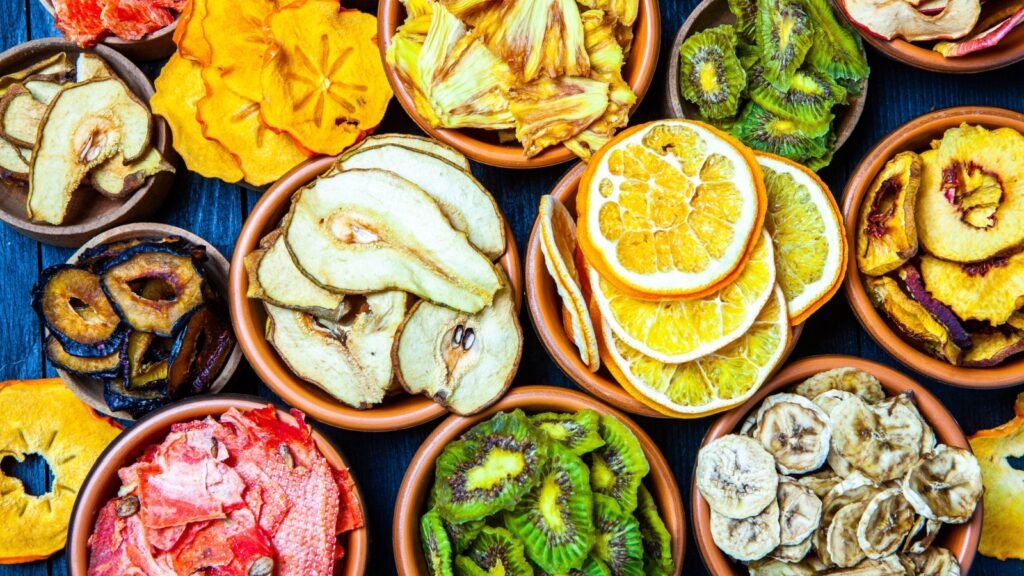
Dehydrating vegetables is a great way to store them for long periods. You can do this using a solar dehydrator, electric dehydrator, or even an oven set at low heat. Dried vegetables like tomatoes, peppers, and greens are perfect for soups, stews, or snacks, and they take up minimal storage space.
6. Using a Clamping Pit

A clamping pit, or clamp, is an outdoor storage method where vegetables are buried in a pile and covered with straw and soil to protect them from frost. This technique works particularly well for root vegetables like potatoes, turnips, and carrots, and it can keep them fresh for months.
7. Storing in a Cool, Dark Pantry

A pantry might not be as cold as a root cellar, but it can still serve as a decent vegetable storage area if it’s cool, dark, and dry. Vegetables like onions, garlic, and winter squash do well in these conditions. Just make sure the area is well-ventilated, and check for spoilage regularly.
8. Canning Vegetables
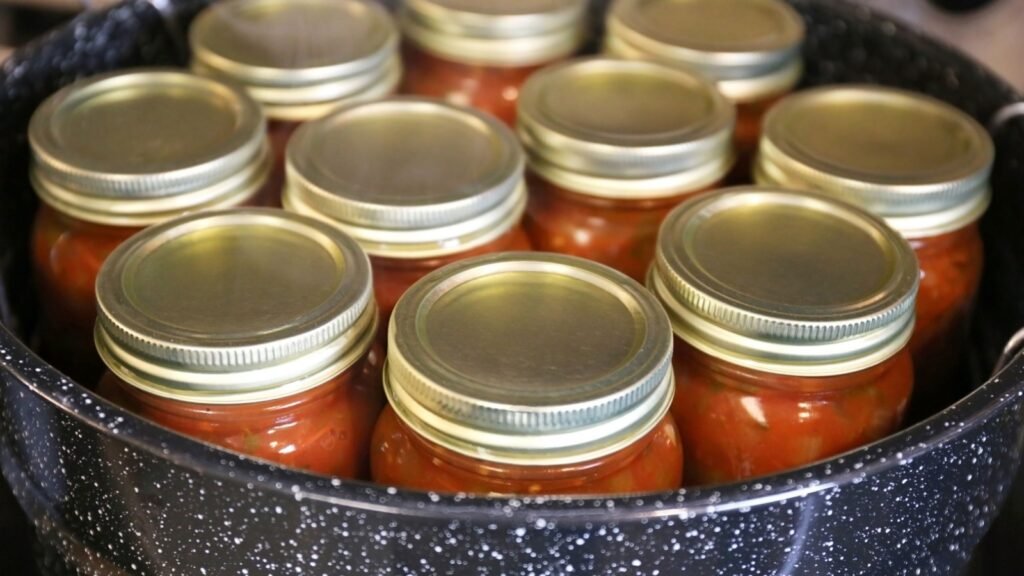
Canning is an excellent way to store veggies for the long term, especially when you don’t have refrigeration. You can either pressure can or water-bath can vegetables depending on their acidity level. This method locks in nutrients and flavor, making your canned veggies shelf-stable for a year or more.
9. Hanging in Mesh Bags
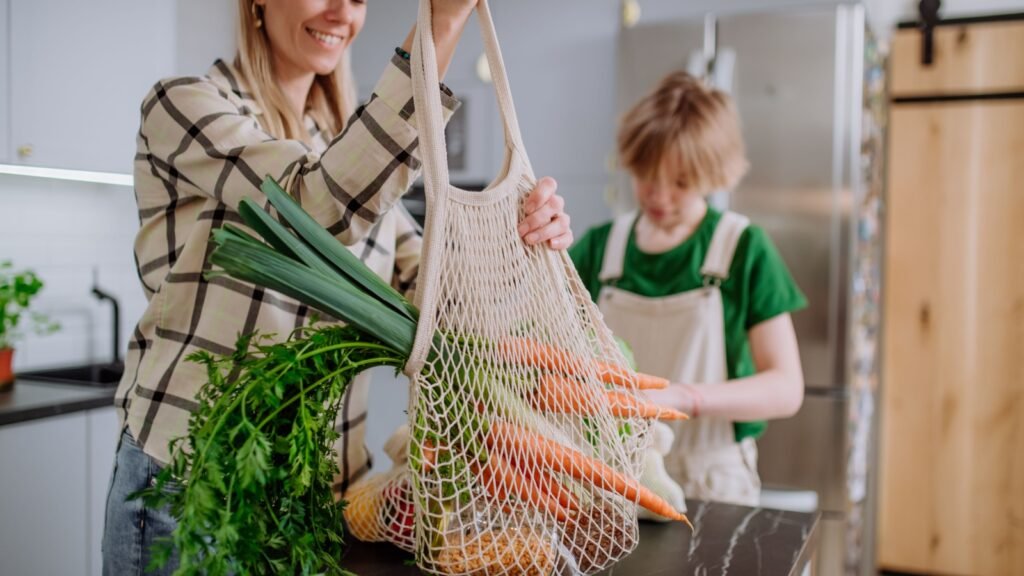
For vegetables that like airflow, such as onions, garlic, and shallots, hanging them in mesh bags or pantyhose is a great storage method. The key is to hang them in a cool, dry place, allowing air to circulate around the vegetables, which prevents mold and rot.
10. Storing in the Refrigerator’s Crisper Drawer

If you don’t have a large volume of vegetables to store, using your refrigerator’s crisper drawer can be a practical option. While it doesn’t allow for long-term storage like other methods, it’s great for maintaining freshness for a few weeks. Vegetables like carrots, celery, and greens can last much longer when stored in a humid environment like the crisper.

